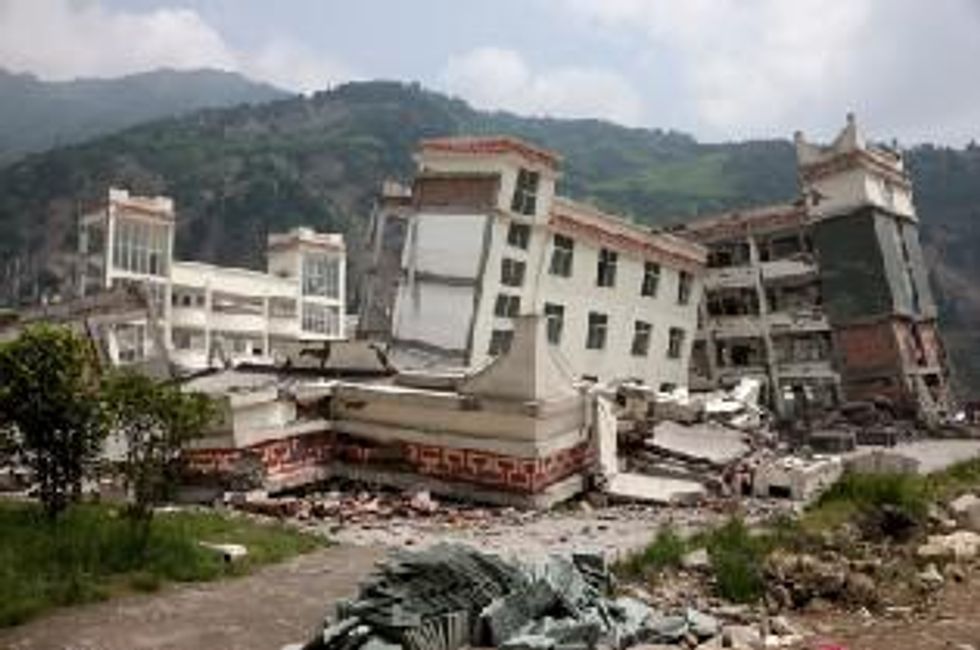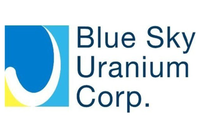As stakeholders in the uranium and nuclear industries are keenly awaiting the results of reviews, policy makers and speculators are both exhibiting an active interest. It is important for investors to note the potential significance of the development, although trading on emotion in lieu of solid data has often been demonstrated counterproductive.
The 9.0-magnitude earthquake and catastrophic tsunami that struck the Fukushima plant in Japan has prompted officials in India and other nations to call for reviews or temporary suspensions of atomic energy programs. As stakeholders in the uranium and nuclear industries are keenly awaiting the results of these reviews, policy makers and speculators are both demonstrating an active interest.
During a parliamentary statement, India’s Prime Minister Manmohan Singh said that the nation is now working to strengthen its nuclear regulatory authority. “The Department of Atomic Energy and its agencies including the Nuclear Power Corporation of India have been instructed to undertake an immediate technical review of all safety systems of our nuclear power plants particularly with a view to ensuring that they would be able to withstand the impact,” said Singh. The Prime Minister also pointed out that reactors in India safely withstood the 2004 tsunami as well as an earthquake in 2002. On Monday, Germany’s Chancellor Angela Merkel set forth plans to extend the life of the country’s reactors on hold for three months. In the U.K., the government ordered a review of nuclear safety and Switzerland halted plans for new reactors.
Earlier today, Russia’s Prime Minister Vladimir Putin reversed his earlier statement on Russia’s plans to review its nuclear power program. Following further deterioration of Japan’s nuclear situation, the Prime Minister has called for a review of the country’s nuclear facilities. Officials in South Korea are also proceeding with evaluations of nuclear power. Meanwhile conflicting reports have suggested that China may be maintaining current policy or calling for review. Greater confidence in nuclear policy will certainly follow pending results of the scheduled China Nuclear Energy Congress meeting for decision makers in mid May at the Crowne Plaza Hotel in Beijing.
A critical question is what will happen in countries like Italy that have abandoned nuclear programs in the past; but are currently realizing a renaissance. Italy’s government has announced that it will proceed as before with plans to build new reactors; however, a country-wide referendum is scheduled for June this year.
Equity market sentiments
Industry leader Cameco (TSX:CCO) (NYSE:CCJ) dropped nearly 13 percent on the negative news flow. Smaller players such as Uranium One (TSX:UUU), Denison Mines (TSX:DML), Hathor Exploration Limited (TSXV:HAT), UEX Corporation (TSX:UEX) and Uranium Resources, Inc. (NASDAQ:URRE) also lost ground.
Ross Clark of Vancouver-based Institutional Advisors, noted “major non-financial events, whether specific to companies, industries or all-inclusive, frequently bring about quick liquidation in related markets as investors move to preserve capital…Depending upon the severity, definability and enduring impact of the event, the selling can be over in as little as a day or last for months.” From a technical perspective most selloffs result in daily or weekly downside capitulations prior to the bottom being established.
Spot market price volatility
Spot market uranium prices traded at $60 per pound in the week to Monday, down almost 10 percent from $66.50 the week before, based on the most competitive offer tracked by the Roswell, Georgia-based company UxC Consulting. During a difficult and event driven week, seven transactions were reported in the spot uranium market. USEC Inc. (NYSE: USU) has selected winning bidders for the 349,988 tonnes of uranium being sold on behalf of the US Department of Energy (DOE). Interest from potential buyers was exceptionally strong with the DOE receiving 18 bids from almost a dozen different entities. The material is to be divided among four different buyers, including utilities, traders, or financial entities; delivery will occur on or before the end of this month. As a result of the earthquake, neither buyers nor sellers are exhibiting any willingness to move from their respective positions pending further clarity regarding the situation in Japan.
Considerations
It is important for investors to note the potential significance of the development, although trading on emotion in lieu of solid data has often been demonstrated counterproductive. Prior to the earthquake, China had the highest number of planned and proposed new nuclear reactors in the world with 160. Totaling the number of planned and proposed new nuclear reactors from other top 5 stakeholders still fall short of China’s potential commitment, including expectations from India 58; Russia 44; USA 31; and Ukraine 22. It was announced the China National Nuclear Corporation (CNNC) expected to spend $117.6 billion on the development of nuclear industry by 2020. China’s uranium demand was expected to reach 20,000 tonnes a year by 2020, with the nation expected to produce domestically 2,400 tonnes a year by that time.
In a research note from Dundee Capital Markets yesterday analysts remain cautious, “expect the uranium sector to undergo short to mid term pressure as the current situation in Japan unfolds. While the world is likely currently in shock, anger could follow and fingers may be pointed at the nuclear industry…Negative sentiment towards the sector is likely on its way. Certain Democrats have already called for a moratorium on nuclear power plant construction in the US. Hype about a meltdown or not, this will likely impact future reactor build…perhaps not in China or India but certainly in the US”
Desjardins Securities Inc. analyst John Redstone offers a slightly more optimistic stance, “What is called into question is the potential acceleration of uranium demand – i.e. the construction of new reactors that have not already been announced…We continue to believe that demand will slightly outstrip supply though 2012, taking prices to $80 (U.S.) per pound. Furthermore, we maintain our long-term uranium price of $60 (U.S.) per pound, which we believe is necessary to bring new mines into production.”
Some analysts expect share prices for uranium mining companies to bounce off sharp declines, only to see further waves of selling, with junior miners and explorers likely to underperform for an extended period of time.
Damage control
During a conference call with news media, investors and analysts, Cameco Chief Executive Officer Jerry Grandey emphasized that two Japanese utilities are directly affected. “However, even if they were to temporarily deter part of their deliveries, [the company earnings] would still be well within its guidance for their year…Even if the 11 units remain down, it would not be all that significant to Cameco.” Grandey stressed, Cameco will not shift its uranium portfolio as a consequence of the events in Japan, nor does he anticipate that the company will have to sell back into the spot market. He advised that no long-term contracts have been canceled at this point, and it is “way too early” to tell if the nuclear crisis in Japan will impact global uranium joint ventures or mergers and acquisitions.
The Dundee report contends that, “The cause of the problems started with an earthquake seven times more powerful than the reactors were designed to withstand, and a tsunami which also crested the nuclear sites sea defences. Despite the accident there has been very little to no radioactive contamination of the environment. Ironically over 1,800 homes were washed away when a hydroelectric dam gave way and over a dozen refineries began burning releasing unknown amounts of toxins into the atmosphere. While the situation is serious and likely far from over, particularly at two of the three Fukushima Daiichi reactors – it appears as if TEPCO may be gaining the upper hand and that there may be almost no contamination outside of the containment structures…meaning despite the coolant and power issues, and explosions of two secondary containment buildings, radioactive containment of the 35 to 40 year old reactors functioned as designed.”






